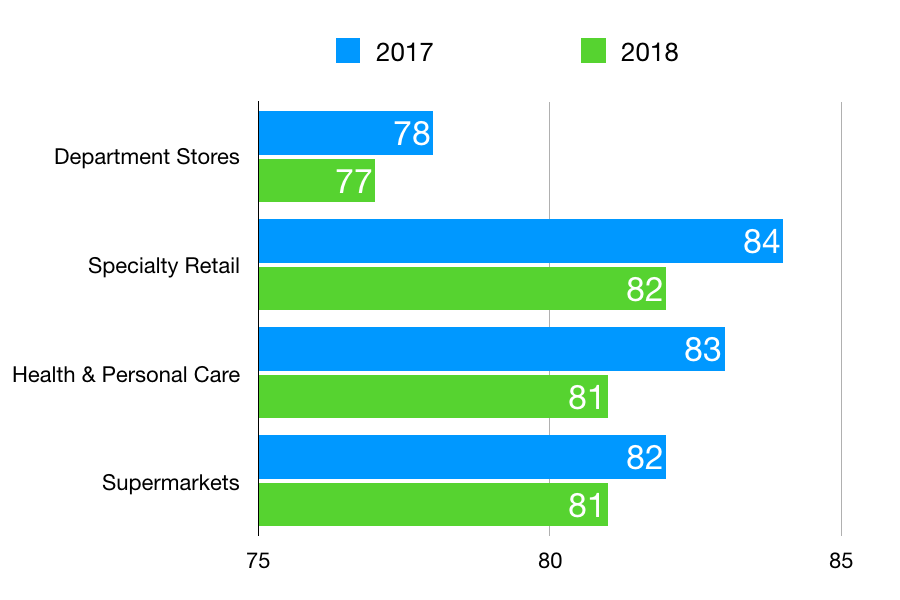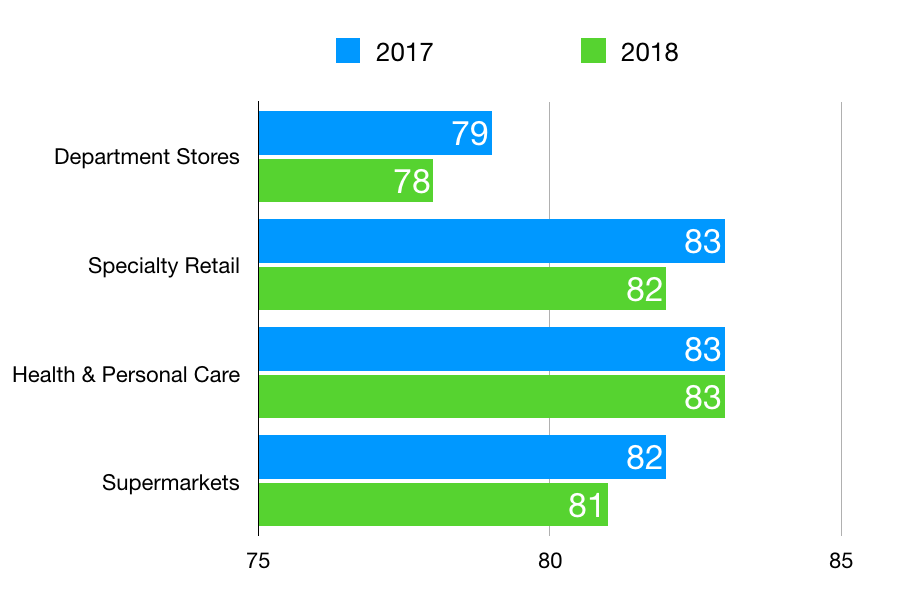The customer service email was so lame.
The email rambled on with more blah, blah, blah and then closed with this:
The most obvious problem was the rep, Gary, forgot to insert his name in the appropriate fields, which were aptly labeled "empty." But there were bigger issues as well:
Gary misdiagnosed the issue—it was their mistake, not a request from me.
My payroll provider was charging me $40 for a mistake they made.
I now needed to contact the company a fourth time for this problem.
Repeat contacts and head-slapping service failures like this one plague a lot of companies. Here's why they happen and what you can do about it.
Challenge: Poor Product Design
Bad products can hang over a support team like a black cloud.
In my case, I needed my payroll provider to send a contractor their year-end 1099 tax form. The payroll company's website used software to validate the mailing address I entered. Unfortunately, the software wouldn't accept my contractor's address even though it was accurate. There wasn't a manual override feature, so I ended up needing to contact technical support.
When a product has a glitch like this one, it can trigger a lot of customer service contacts. These types of chronic service failures leave customer service reps feeling beat up and helpless. And they also unnecessarily increase contact volume.
Why don't companies just fix the defects? They often lack a way to identify trends from customer contacts, or report those trends in such a way that the product team will prioritize fixing the issue.
Discussion question: How do you identify, report, and resolve product defects when customers report them?
Challenge: Access to Knowledge
Despite getting assistance from technical support, the 1099 form was never sent.
I tried contacting the company via chat. The agent was slow because he was handling two other chat sessions at the same time. He also didn't know the solution and had to ask for help. I ran out of time after 30 minutes and had to end the chat without a resolution.
Later on, I tried calling. This call lasted about 45 minutes, including the time I spent waiting on hold. Once again the agent didn’t know how to solve the problem. Finally, the agent told me she'd have to do some research and would have someone follow-up with a resolution.
Customer service reps can't be expected to memorize every known solution, but they should have easy access to that information. When they don't, it causes contacts to take longer than they should and it unnecessarily annoys customers.
Discussion question: How do you capture and share solutions to problems so customer service reps can easily access that information?
Challenge: Stress
Service quality naturally degrades when contact volume is high.
In my case, Gary was cutting corners when he emailed me. He raced through his email and didn't fill in his name. He also didn't fully read the case history to understand that the service failure was caused by his company and this wasn't an additional service I had requested. That caused Gary to select the wrong, super-lame, pre-written email template.
Gary poured salt on the wound by trying to charge me $40 for his error.
These types of mistakes are caused by service reps feeling stress over large contact queues and long wait times. They sense customers will be frustrated at the wait and try to hurry up. The inevitable result is they make more errors and are less empathetic to customers, which has a compounding effect on contact volume.
It can be avoided if you can find a way to get customer service reps to focus on one customer at a time. Reps tend to work faster and make fewer errors when they aren't worried about trying to rush through contacts.
Discussion question: How can you encourage your reps to focus on one customer at a time?
Challenge: Inflexible Systems
I had to contact my payroll provider a fourth time to get them to waive the $40 fee they were trying to charge me. That's too many contacts for an error that could easily be avoided.
My contractor eventually received her 1099 form, but her name was misspelled. I verified I had entered her name correctly in the payroll system, which means someone manually issued the 1099. And that means the system didn't give customer service reps an easy way to fix the problem.
Customer service employees are often hamstrung by customer service software that doesn’t allow them to easily fix problems. They need to invent workarounds, and those can add processing time and make errors even more likely.
Discussion question: Do your reps need to employ any workarounds to get past an inflexible system?
Epilogue
I'm sure my issue isn't an isolated one. Just consider the damage done to this company:
The cost of handling contacts due to a product defect.
The cost of handling repeat contacts due to poor service.
The cost of losing my business.
My payroll provider doesn't know it yet, but I plan on making a change. I'll do it at a time that's convenient for me. And I won't bother filling out the inevitable survey that asks me what they could have done better. If they really cared, customer service leaders already have all the data they need:
The known product defect.
The heavy contact volume.
The repeat contacts.
The lack of accessible knowledge.
The override of a $40 charge.
In the meantime, I’ve just been informed that this company is raising its prices, again. Apparently, it needs extra revenue to cover the cost of all its repeated service failures.
Discussion question: what are you doing to identify and solve issues that drive repeat contacts and prevent miserable service failures?
Feel free to drop me a line or leave a comment if you get stuck. Or check out my bestselling book, Getting Service Right, where I share some counterintuitive, yet proven solutions.



















